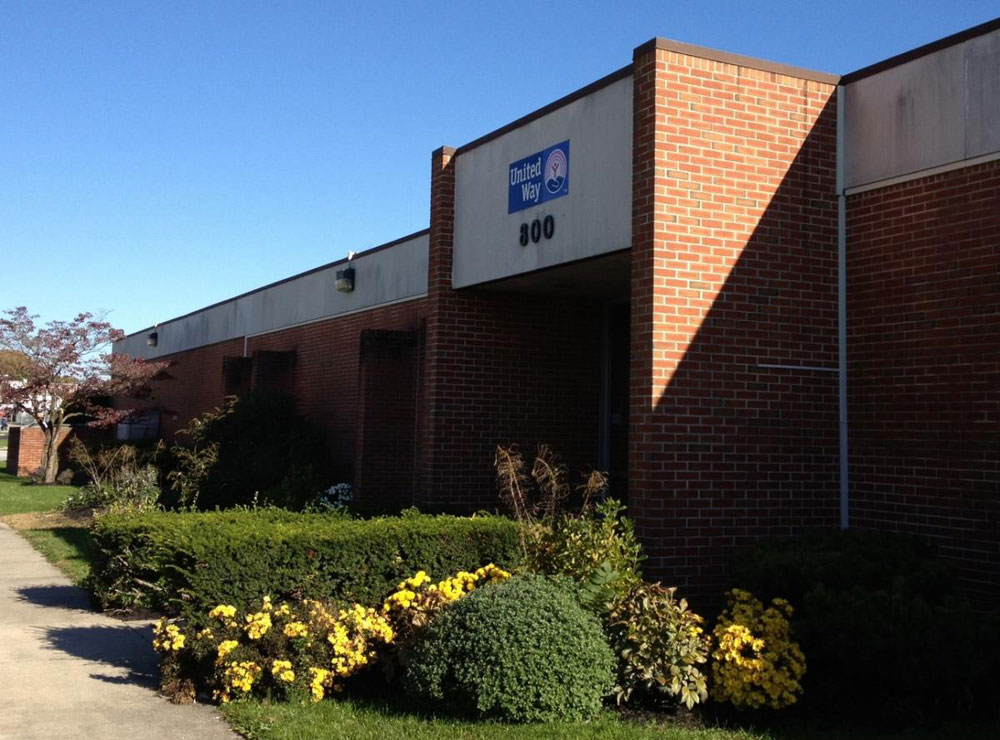
October 3, 2019; Patriot-News (Harrisburg, PA)
The United Way of York County will sell the building it has owned for 50 years after determining that the costs of keeping it are too high.
For nonprofits reevaluating their space options, it is worth considering the tradeoffs. Buildings constitute fixed costs that can be hard to align to the needs of a particular nonprofit over time, as it may expand and contract as communities change. The benefits of owning, unless an organization has very specific and hard-to-serve requirements, are questionable beyond a sense of stability. For more on the financial traps in our organizational budgets, we recommend Clara Miller’s classic, “The Four Horsemen of the Nonprofit Apocalypse.”
Sign up for our free newsletters
Subscribe to NPQ's newsletters to have our top stories delivered directly to your inbox.
By signing up, you agree to our privacy policy and terms of use, and to receive messages from NPQ and our partners.
A look at the United Way’s 990s suggest the organization is not in growth mode in terms of its campaign fundraising, so creating and maintaining a larger margin either must come at the expense of the United Way or its affiliate programs, and selling a cash-hungry building may be the best available option.
“This property has served us well, but with looming maintenance costs it is important that we are making fiscally responsible choices and find a location that increases our visibility and our connections to the community,” said Amy Wannemacher, chair of the United Way of York County board of directors.
Says President Ann Druck, “Our current focus is on finding an appropriate long-term home that provides a professional environment for our staff and increases our visibility and engagement with our community….We recognize we may need to pursue interim solutions. We’re seeking community support in both endeavors, to help us find the right fit and ensure United Way of York County can continue to make a powerful impact for our community.”
And that statement is a fine acknowledgement of where the organization’s real capital and future may lie.—Ruth McCambridge











